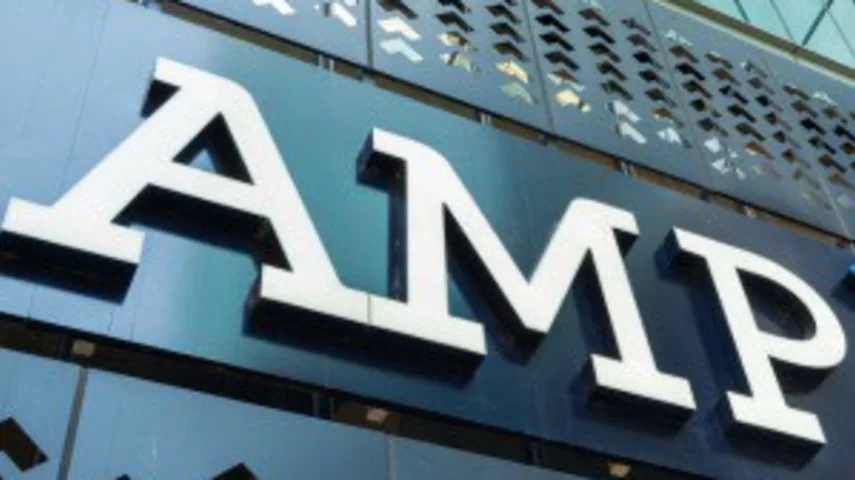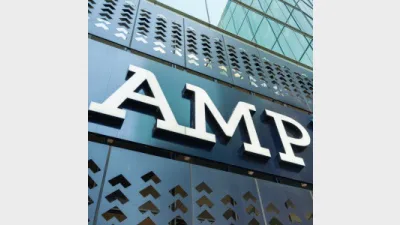AMP reports largest infrastructure fund-raise



AMP Capital has raised US$6.2 billion for its fourth infrastructure debt strategy, raised from the final close of the AMP Capital Infrastructure Debt Fund IV, co-investment rights and separately managed account commitments.
The total was comprised of $4 billion in the fund, $1 billion in co-investment rights and $1.2 billion from investors seeking access to AMP Capital’s infrastructure debt deal capabilities.
Global head of infrastructure at AMP Capital, Andrew Jones, said: “We’re thrilled with the level of interest we’ve received for our fourth infrastructure debt strategy. In less than a year, a total of 86 investors from 14 countries invested in IDF IV with strong demand from institutional investors in Korea, Japan, Canada and the UK.
“More than 30 institutional investors joined the strategy for the first time, which is testament to the growth of our global distribution network and an indication of the increasing demand for infrastructure debt investments. Approximately US$1.2 billion was raised in Korea alone, where we continue to have strong interest from new and existing clients.”
He said the money would be deployed on investments in energy, utilities, digital technology and transport infrastructure in developed markets.
The previous fund, AMP Capital Infrastructure Debt Fund III, raised $2.5 billion plus $1.6 billion in co-investment and other commitments when it was launched in 2017.
Recommended for you
Natixis Investment Managers has hired a distribution director to specifically focus on the firm’s work with research firms and consultants.
The use of total portfolio approaches by asset allocators is putting pressure on fund managers with outperformance being “no longer sufficient” when it comes to fund development.
With evergreen funds being used by financial advisers for their liquidity benefits, Harbourvest is forecasting they are set to grow by around 20 per cent a year to surpass US$1 trillion by 2029.
Total monthly ETF inflows declined by 28 per cent from highs in November with Vanguard’s $21bn Australian Shares ETF faring worst in outflows.











